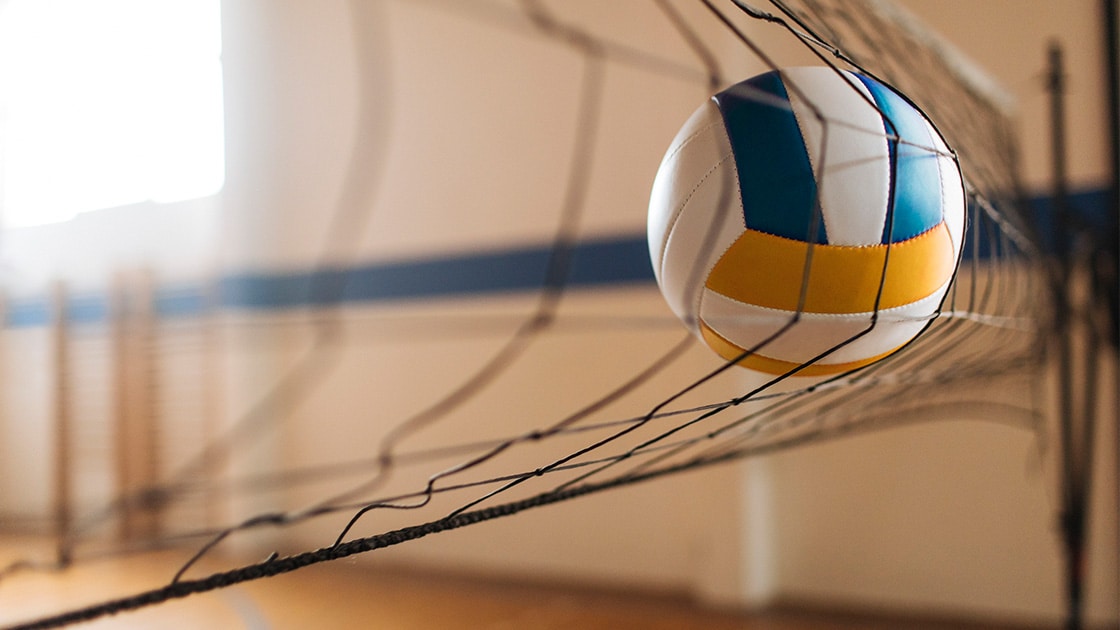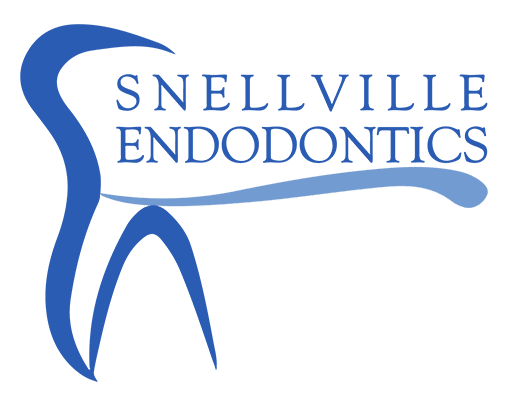
Wearing a mouth guard during sports activities is an essential preventive measure to safeguard your oral health against potential injuries. Engaging in physical sports increases the risk of damaging teeth and jaw, but a properly fitted mouth guard acts as a protective barrier, minimizing the impact of blows and collisions. It’s crucial to maintain the hygiene of your mouth guard by cleaning it before and after each use, storing it in a cool, dry place away from direct sunlight to preserve its integrity. Avoiding exposure to high heat is also vital to prevent warping or damage, ensuring your mouth guard remains effective and comfortable to wear during your sporting endeavors.
Do
- Use your fingers to put your aligners in place. First place the aligners over your front teeth, and then use your fingers to push the aligner down gently over your molars. When aligners are correctly inserted, they will fit all the way down on the teeth, with no space between the top of the aligners and the top of the teeth. Aligners will fit tightly at first but should fit well at the end of the two week period.
- Keep aligners in except when flossing, brushing, eating. It’s also best to remove the aligners when drinking warm beverages such as coffee or tea.
- Remove the aligner by pulling it off both sides of your back teeth simultaneously then lifting it off of your front teeth. Place your aligners in the case we provided any time they are not being worn.
- Clean aligners with a toothbrush and toothpaste.
- Wear each set of aligners for two weeks unless our office directs you to vary from this schedule.
- Wear aligners in the correct numerical order. (Each aligner is labeled by number and with a U or an L to designate upper or lower.)
- Keep all of your old aligners and bring them to your orthodontic appointments.
Don’t
- Don’t place your aligners in or on a napkin or tissue. Many aligners have accidentally been thrown out this way!
- Don’t use your teeth to “bite” your aligners into place.
- If you have pets, don’t place your aligners anywhere that your pets can reach them. Pets are attracted to saliva and would enjoy chewing on your Invisalign trays!
- Do not use Denture cleaner, alcohol, or bleach to clean your aligners.
- Do not use boiling water or warm water on your aligners.
- Don’t chew gum with your aligners in.
- It would be best not to smoke while wearing aligners. The smoke can stain the aligners as well as your teeth.
Just in Case
- If you lose the tab attached to your tooth that helps the aligner snap on, please call our office right away so that we can determine if you need to come in before your next scheduled appointment.
- If you lose one of your aligner trays, please wear the next tray if you have it. If you do not have the next tray, please wear the previous tray. It is extremely important to use a tray to keep teeth from shifting. Call our office to let us know which tray was lost so that we can determine if a replacement tray is needed. There will be a fee if replacement trays are required.
- Immediately following surgery, maintain pressure on the surgical area by biting down on the provided gauze pad or roll until the bleeding stops. A certain amount of bleeding is to be expected following a surgical procedure. Placing the gauze pad over the area and biting firmly will help prevent excessive bleeding. Replace the gauze as necessary until the bleeding stops.
- For a few days following surgery, you may become dizzy when getting up. Sit up slowly, and give yourself a minute to adjust before getting up and walking.
- Avoid vigorous activities for three to four days after surgery. You may go back to your normal routine as tolerated.
- Please fill any prescriptions you have been given and take as directed. If you have been prescribed pain medication other than aspirin, Tylenol or ibuprofen (Advil or Motrin), do not drive, operate heavy equipment, work around machinery or tools, or engage in any other activity that may be unsafe when groggy, as your reflexes and judgment will be affected by the medication.
- Antibiotics may be prescribed to help prevent infection. If you have been placed on antibiotics, take the medicine as directed.
- Swelling and stiffness are to be expected the first 24 hours after surgery. Swelling around the face, eyes, and surgical site is not uncommon and may become more noticeable two to three days following surgery. Applying a cold compress to the face near the extraction site will help minimize swelling. If using an ice pack, please do not apply ice directly to your skin but place a cloth between the ice and your skin at all times. You may apply the cold compress for up to 20 minutes on and at least 20 minutes off as needed. After 36 hours the cold compress will have no further impact on swelling. After this period, the application of moist heat to the sides of the face can help reduce swelling.
- For 24-48 hours following your surgery, do not suck on a straw, drink from a bottle, rinse, spit, or smoke. Avoid hot and spicy foods, carbonated and alcoholic beverages.
- During the first few days after surgery, restrict your diet to liquids and soft foods such as soups, yogurt, juice, and smoothies.
- Do not rinse, spit, or brush your teeth on the day of surgery. Resume brushing the day after surgery, avoiding surgical sites with the toothbrush.
- After brushing, rinse gently with warm salt water (1/2 teaspoon of salt mixed with eight ounces of warm water). Start the salt water rinse the day after surgery and repeat 3 times a day for 7-10 days. This will help keep the surgical areas clean and will also help dissolve the sutures.
- Please do not use the irrigating syringe for the first five days. After five days, fill the syringe with warm salt water and flush out the socket. This will flush out any food or debris.
- If you are experiencing numbness of the lip, chin, or tongue, be aware that this is usually temporary in nature and normal feeling should return after a few days. Until then, please be cautious while eating and chewing in order to avoid accidentally biting your tongue, cheek or lip.
- A dry socket can develop when blood clot gets dislodged prematurely from the walls of the tooth socket. Symptoms of a dry socket include throbbing pain at the surgical site, the ear, chin, adjacent teeth, and/or jaw. These symptoms indicate a dry socket when they occur three to four days following surgery and do not respond to pain medication.
- Please call our office if you experience severe pain, excessive bleeding or swelling, or if you have any questions or concerns. If you are experiencing a serious or life threatening emergency, please call 911 or visit the nearest emergency room.
Please follow the guidelines below and contact us with any questions.
- No eating or drinking for the first 30 minutes following your treatment. Also, avoid feeling around your tooth with your tongue. This is to allow the temporary filling sufficient time to harden.
- If you were given any prescriptions, please have them filled promptly and take them as directed. If no prescriptions were given, you may choose to take ibuprofen medications such as Motrin or Advil (as long as you do not have any allergies to these medications) for alleviation of discomfort and swelling. Alternatively, you may use Tylenol. Do not exceed the guidelines printed on the label for any medication. If you are unable to achieve adequate pain control, please call our office.
- Applying a cold compress to the face near the treatment area will help minimize swelling. If using an ice pack, please do not apply ice directly to your skin but place a cloth between the ice and your skin at all times. You may apply the cold compress for up to 20 minutes on and at least 20 minutes off for the next 6-8 hours as needed.
- Once you resume eating and drinking, avoid chewing or biting on the treatment area until your permanent restoration is placed. The temporary filling or crown placed immediately following root canal treatment is usually a soft composite that is vulnerable to fracturing (cracking). For this reason, it is important to avoid chewing on hard substances such as peanuts, pretzels, hard candy, ice cubes, etc.. You may experience increased sensitivity prior to the placement of the final restoration. You will need to see a restorative dentist within a month to have a permanent crown or filling placed. Please contact your restorative dentist to make an appointment at your earliest convenience. Waiting longer than a month increases the chances that the temporary will fracture or that decay will develop in the affected area.
- Please keep the treated area clean by gently brushing and flossing regularly.
- It is rare for a temporary filling to fall out although it may divot while in use. If the temporary falls out, please contact your general dentist as soon as possible. If your temporary falls out after office hours, you may purchase some temporary filling material from a pharmacy and follow the included instructions to cover the area until you can be seen in our office.
- Some discomfort is normal for 2 to 4 days following root canal therapy. In some cases, the tooth and surrounding tissue may be sore for a few weeks following treatment.
- Please brush and floss as usual unless otherwise instructed by our office. Follow any other instructions provided by our office during your visit. Please take all medications as prescribed.
THIS SECTION IS VERY IMPORTANT, PLEASE READ CAREFULLY
While flare-ups are rare, they occur in about 5% of cases and may cause significant pain. They generally only occur with teeth that are extremely irritated and/or infected or with teeth that have a history of prior treatment. These sometimes occur randomly, even on patients that have had root canals done in the past without problems. If you have a flare-up, you may experience moderate to severe pain, swelling, throbbing, or general discomfort; please contact our office right away. You may be prescribed additional medication such as antibiotics, and/or you may be asked to come to the office for further treatment.
